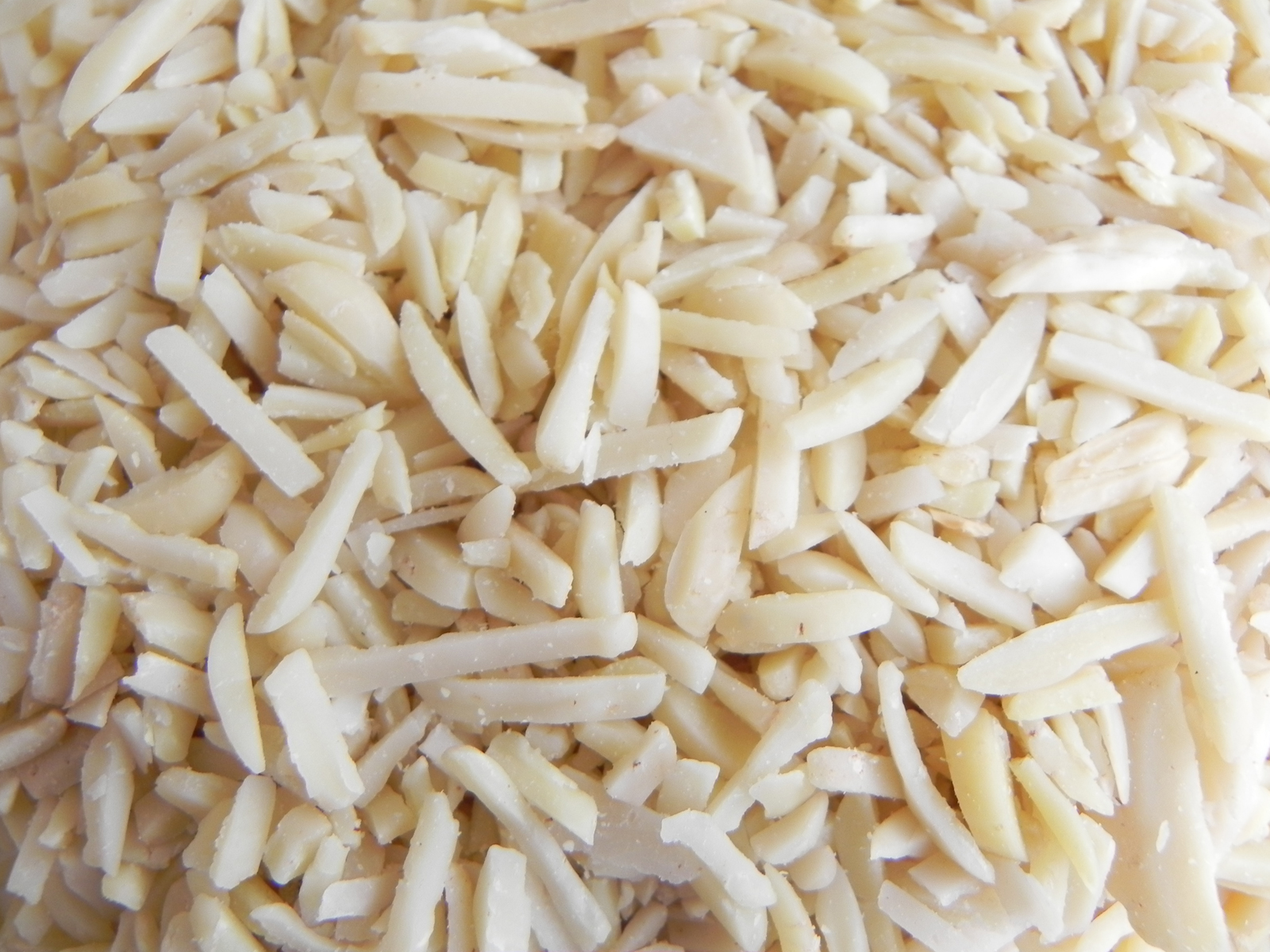Company
Early 20th CenturyOrigins
Our family business dates back to the early 20th century. At that time, Luis Cremades García and Carmen Belmonte Navarro began to dedicate themselves to the almond sector on their property. Subsequently, the family moved to Mayor Street in Alcantarilla City, where they installed the first mechanical machines to crack almonds.

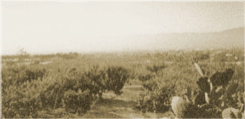
1944Society
In 1944, Luis Cremades García formed a company dedicated to the almond sector together with the Molina Verdú and Mira Perez families, installing the first Borrell brand cracking machine in the company..
35 years later, specifically in 1979, the company Sucesores de Luis Cremades, S.A. was formed, made up of the brothers Antonio, Joaquín, Antonia and Luis Cremades Belmonte.

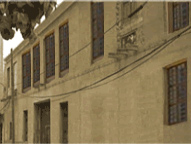
1987Anonymous Society
Some years later, in 1987, Luis Cremades Belmonte established the company Luis Cremades Belmonte e Hijos, S.A., made up of himself, his wife Josefa Hernández Pujante, and their children, Mari Carmen, Luis José, Francisco Antonio, Joaquín Javier and Ana Maria Cremades Hernandez.
The corporate purpose of this company was the cracking and handling of almond and apricot kernels, as well as the promotion and construction of homes and plots.
The company is installed in the Ctra. de Barqueros, within the municipality of Alcantarilla, with a 1,000 m2 warehouse and a surface area of 20,000m2. In this same warehouse, the machinery for shelling and selecting almond kernels is installed.

PresentIn continuous growth
Currently, our company has a surface area of 24,000 m2 and 4,000 m2 of warehouses, where almond kernels are cracked, selected, blanched and industrialized, using the latest technological advances and innovating day by day to offer a comprehensive service to customers. customer.
Since 1990, our company markets and handles the products of Cooperativa Almendras del Sureste, S.C.L. This cooperative has an extension of 5,000 hectares of almond trees and a production of 1,000 tons of grain of different typical Murcian varieties: bouquet, garrigues, red, ferragnes, marcona and largueta; all with sweet guarantee.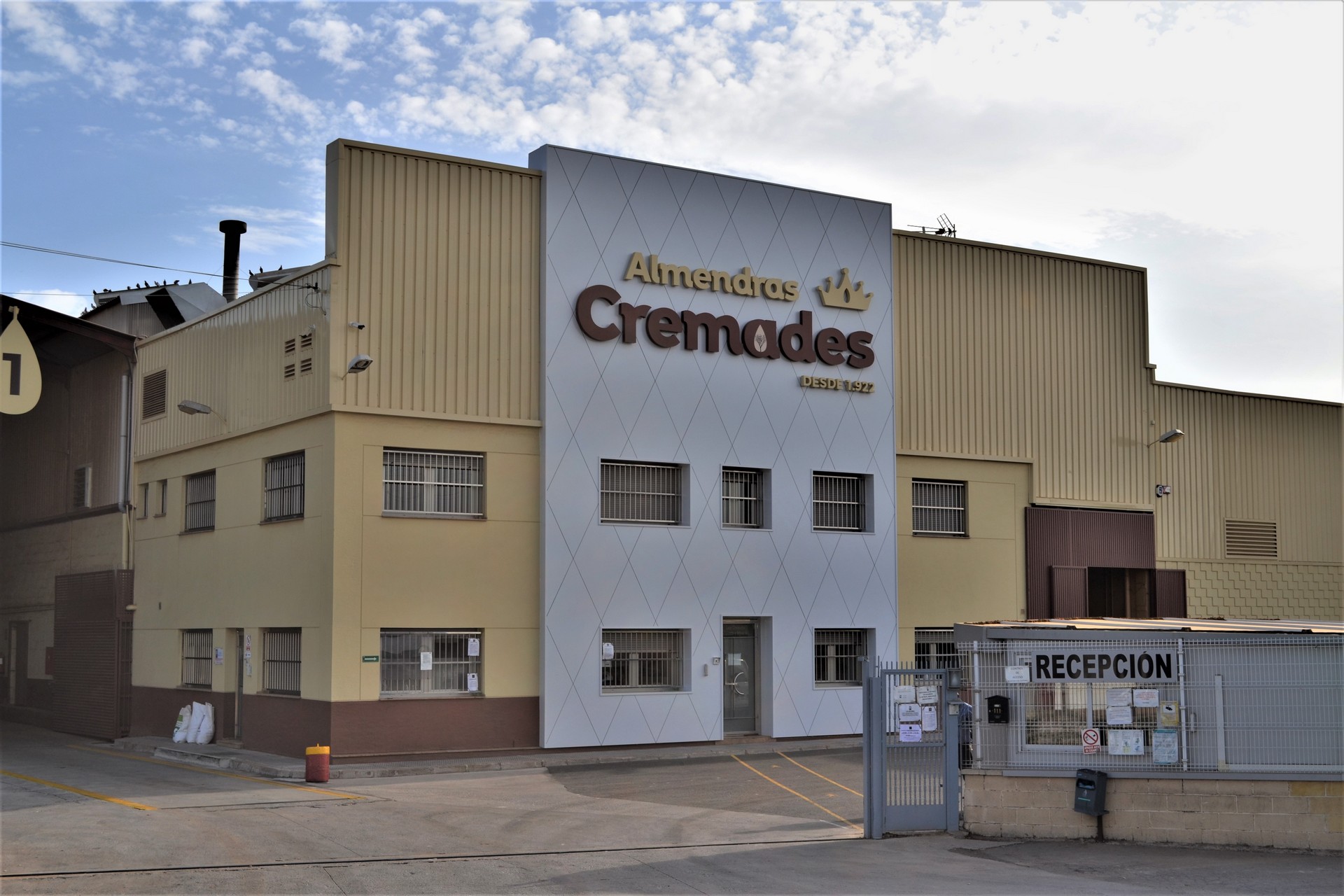

We work the almond from its cultivation until the commercialization
All the processes that we carry out in our company are natural, so that the product is handled only with water
and it is 100% natural. We also process organic almonds.
Due to our location and climate, we have the earliest almonds in the world.
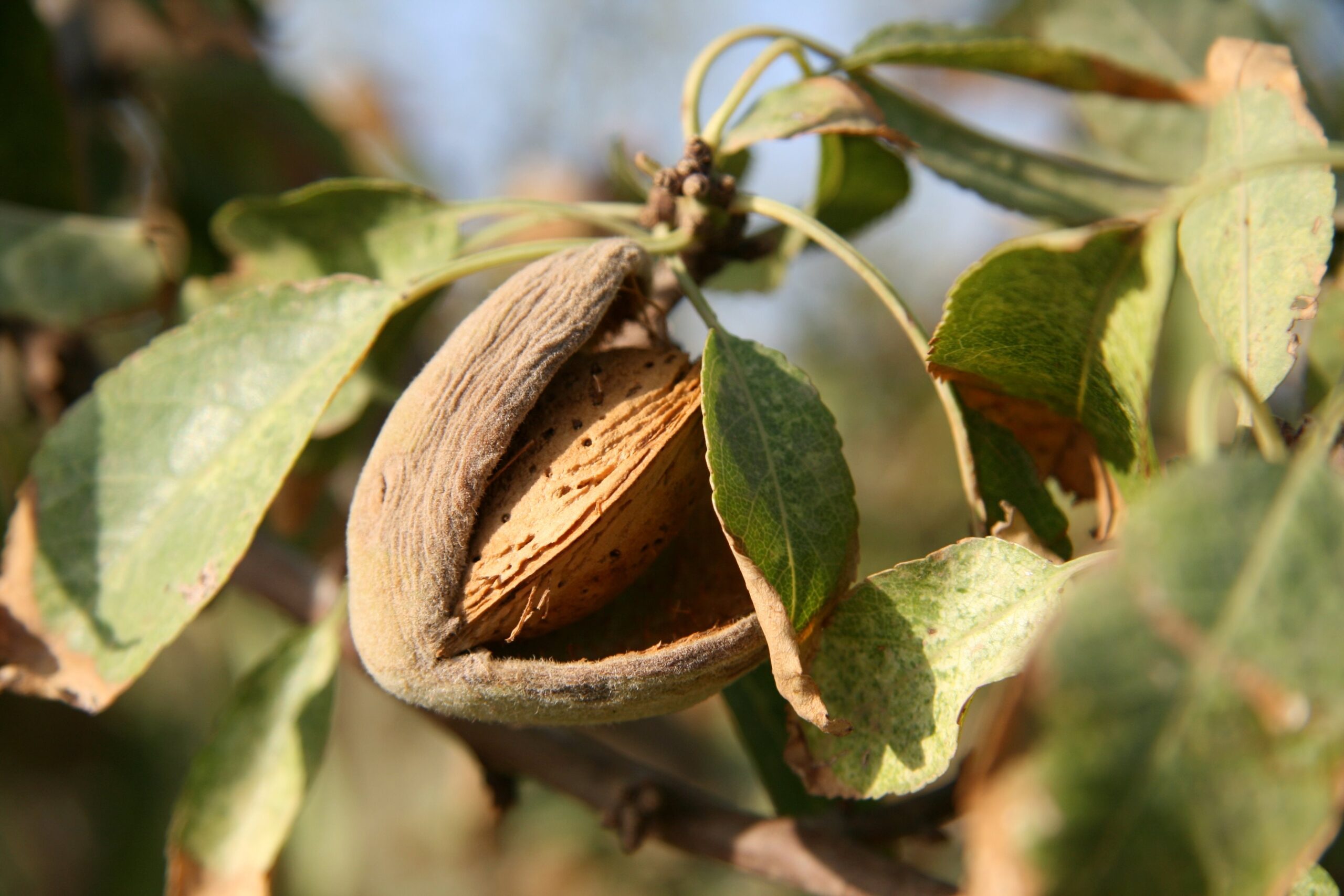
FARMING
Our family has been dedicated to growing almonds on their farms for several generations with Murcian varieties Garrigues, Ramillete, Antonieta, Colorada, Guara and Ferragnes , where we grow conventional and organic almonds.

STORAGE
Our products are stored with the most
demanding quality control for their subsequent transformation.

CRACKING
The almond is soaked for a few hours to prevent the grain from being damaged. Later, it is shelled and selected by an electronic machine to separate the impurities
from the grain. Subsequently, the grain is dried and cooled, giving its last visually selection , thus guaranteeing its best quality.

SIZING
Almond is sized in different sizes according to our client needs

BLANCHING
The almond is subjected to a water and steam weeder between 90 and 100 degrees so that the skin detaches from its kernel.
This kernel is subjected to a natural drying system. Once the kernel is dried, the almond is selected with an electronic machine to separate the impurities. Subsequently, the kernel is sent to a cooler for
remove the rest of its moisture. the almond is selected by colors with a high quality machine accuracy, being subsequently reviewed visually, also going through a metal detector, for its later packaging.

PROCESSED ALMONDS
The almond is softened by an elastificator for being cut in slice or sliver machine, being subsequently cooled so that it returns to its initial natural state, it is screened to extract the particles small almonds and finally packaged.

COLD STORAGE
Once the products have been processed , We store it in Cold Storages to be preserve it in their natural state at the optimum temperature. Being the products controlled by the quality department through computerized systems.
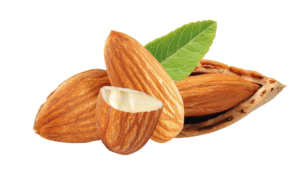
Evolution of the almond Cracking industry
From the beginning of the 20th century, the almond sector began to evolve. The data set out below has been compiled in collaboration with Luis Cremades Belmonte, José Cremades Hernández, Francisco Molina Mira and José Luis Albacete Viudes without whom it would not have been possible to carry out this work.
The almond tree that is currently cultivated for the use of its fruits, more specifically its seeds, seems to have its origin in the mountainous areas of Central Asia, by hybridization of several species that can still be found in the wild today in several countries of the world. Asian continent, including Iran, Afghanistan and other Central Asian countries. The cultivated almond tree spread to the countries of the Mediterranean basin and, later, to other climatically optimal areas of the continent.
The cultivation of almonds has its origin in the Near East, where the Greeks already appreciated the excellent qualities of this dry fruit. Later, the Romans extended its cultivation to Spain, from where it would reach America.
Around the year 1920, Luis Cremades Garcia decided to dedicate himself to the almond trading. buying inshell almonds and selling as shelled almonds. At that time, in the 1920s/1930s, cracking almonds was manual, performed by women, initially with round wooden mallets. Shortly after it would be made with square iron maces with small grooves.
This cracking work was carried out on stone tables. The almonds were placed on them, soaked 24 hours before, to prevent the kernel from being damaged when hitting the almonds with the mallets. Later, it was placed on the same tables what each woman had shelled until noon, in the afternoon she had to separate the kernel from the shell. The work was done on a piece-rate basis. At the end of the work day, the almond kernel that each woman had extracted from the shelling was weighted. The daily shelling per person was about 8 to 10 kg of nuggets. In the year 1931 the first machines for cracking the almonds were born, IVARS brand, model B. UNIVERSAL and manufactured in Benisa (Alicante).
The production of shelled almonds from these machines was about 2,000/2,500 kg per day. Once it was cracked, it went to some wooden tables where several women manually separated the kernel from the shell. This kernel was deposited in bags and once the working day was over, they were individually weighted to know the amount of kernel that each woman had cleaned.
Between the years 1941-42, a new, more modern model of almond cracking machine was launched on the market, by Mr. Ángel Borrel, from Denia (Alicante).
The production of this machine was about 4,000/4,500 kg per day in 8/10 hour shift. In addition, this machine could be coupled with a kernel-shell separator machine.
The first cracking machine of this model, a Borrell brand, was acquired by Messrs. Francisco Molina Verdú and Francisco Mira Pérez in 1940.
Mr. José Borrell, son of Mr. Ángel Borrell, the inventor of the Borrel cracking machines, continued working and improving all the models in all kinds of machinery related to almonds and other nuts.
The machine in the previous photograph was installed in 1944 in Alcantarilla (Murcia), in an industrial premises owned by Mr. Luis Cremades García, with whom Messrs. Molina Verdú and Mira Pérez had formed a Mercantile Society.
At that time the transport of almonds from the field to the warehouse was done with trucks, since the few trucks that existed at that time were able to load between 3 and 5 tons and were used for longer trips, such as to Alicante or Jijona; due to world political reasons, the supply of tyre covers and fuel was lacking. To solve the fuel shortage, the vehicles had to work with “gasgenos”, which were coupled boilers that produced gas and made the vehicle engines to work. These “gasgenos” worked with coal, wood or almond shell.
In 1967, the facilities were expanded with a distribution machine and another separator machine, increasing the cracking performance to 10,000 kg of almonds per day, around 2,000 kg of kernels, counting for this with 6 or 8 women, in a working day of 8/10 hours a day.
Chairs of selection department

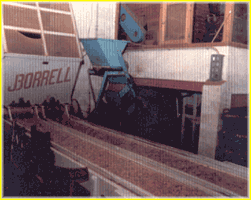


Almond cracking line - review line by optical sorters.
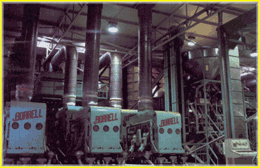
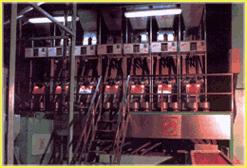


Excellence in Quality and Services
Thanks to our Clients and Suppliers for trusting in our company for so many years, we have made an effort every day to improve quality and service.




